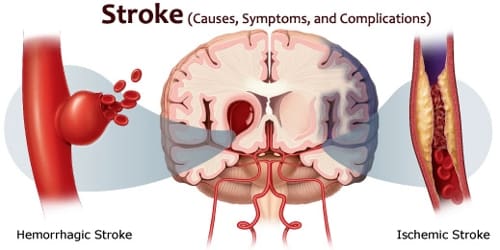Researchers at the University of Eastern Finland have generated and defined a new Alzheimer’s disease cell model that has broad scientific applications and could be effective in the early diagnosis and testing of new therapeutics.
Over the course of several years, the researchers collected nasal samples from cognitively healthy people and patients diagnosed with Alzheimer’s disease in conjunction with clinicians at Kuopio University Hospital.
The researchers used a sophisticated single cell RNA sequencing technique to describe the patient-derived cells of the olfactory mucosa, which are found in the higher portions of the nasal cavity, after tissue processing. The olfactory mucosal tissue, which projects olfactory receptor neurons to the brain, is essential for the sensation of smell.
“This unique approach has revealed that cells located in the nasal cavity are impaired in patients with Alzheimer’s disease,” says Early-stage Researcher Riikka Lampinen.
“Not only are transcriptional alterations observed, but also the functions of these patient-derived cells are impaired.”
The new cell model and the results were published in Cells today.
Alzheimer’s disease is a debilitating chronic disease with no cure or effective treatment. As a result, new human-based approaches to understanding and combating disease pathophysiology are required.
Alzheimer’s disease is the most frequent form of dementia, which is a broad term for memory loss and other cognitive impairments that interfere with daily life. Alzheimer’s disease is responsible for 60-80% of dementia cases.
This unique approach has revealed that cells located in the nasal cavity are impaired in patients with Alzheimer’s disease. Not only are transcriptional alterations observed, but also the functions of these patient-derived cells are impaired.
Riikka Lampinen
The new findings from Associate Professor Katja Kanninen’s research group could help explain why a high number of Alzheimer’s disease patients have a deteriorated sense of smell early in the disease’s etiology.
Furthermore, because this novel study model is based on human physiology, it may be used to investigate disease pathways in detail, perhaps leading to new therapeutic discoveries.
The most well-known risk factor is getting older, and the majority of Alzheimer’s patients are 65 and older. If a person under the age of 65 develops Alzheimer’s disease, it is referred to as younger-onset Alzheimer’s.
Early-onset Alzheimer’s disease is another term for younger-onset Alzheimer’s. Younger people with Alzheimer’s disease can be in the early, medium, or late stages of the disease. It has been postulated that air contaminants and viruses enter the brain through the olfactory mucosa.
“Our current work is focused on understanding in detail how viral infections or the exposure to air pollutants affect the cells of the olfactory mucosa,” Katja Kanninen says.
While these findings have yet to be published, they are anticipated to provide crucial insight into how chemicals absorbed in the air might get access to the brain and disrupt its function.
















